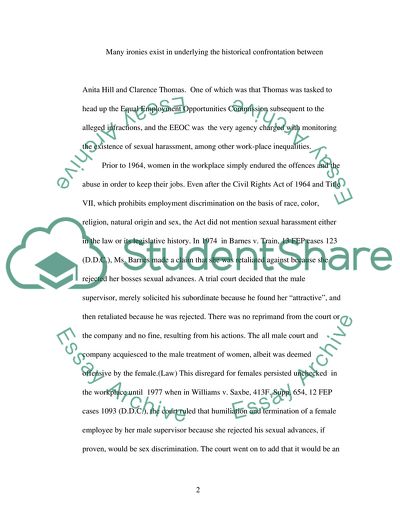Cite this document
(The Anita Hill/ Clarence Thomas Hearings Case Study - 1, n.d.)
The Anita Hill/ Clarence Thomas Hearings Case Study - 1. https://studentshare.org/law/1705338-the-anita-hill-clarence-thomas-hearings
The Anita Hill/ Clarence Thomas Hearings Case Study - 1. https://studentshare.org/law/1705338-the-anita-hill-clarence-thomas-hearings
(The Anita Hill/ Clarence Thomas Hearings Case Study - 1)
The Anita Hill/ Clarence Thomas Hearings Case Study - 1. https://studentshare.org/law/1705338-the-anita-hill-clarence-thomas-hearings.
The Anita Hill/ Clarence Thomas Hearings Case Study - 1. https://studentshare.org/law/1705338-the-anita-hill-clarence-thomas-hearings.
“The Anita Hill/ Clarence Thomas Hearings Case Study - 1”. https://studentshare.org/law/1705338-the-anita-hill-clarence-thomas-hearings.


